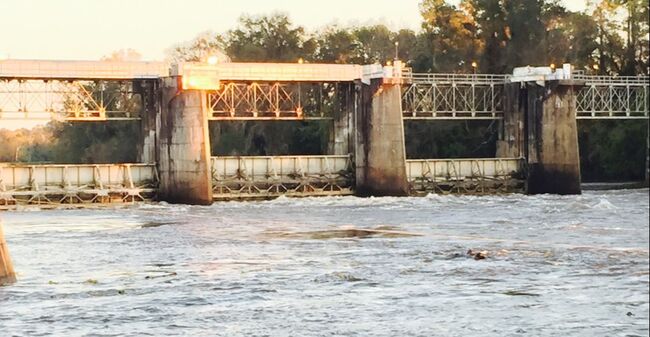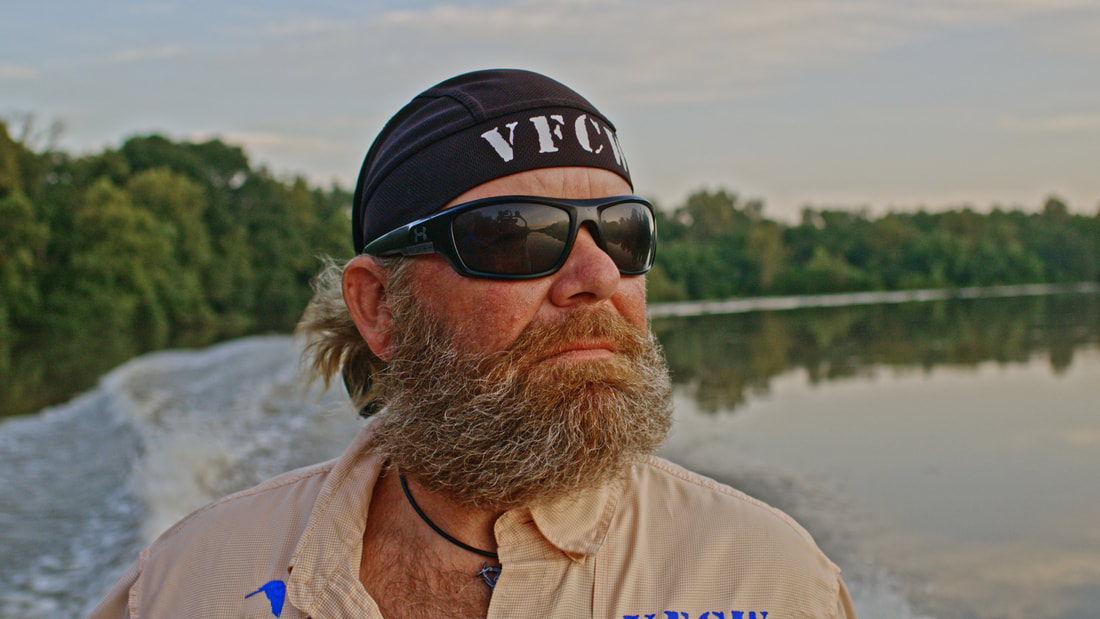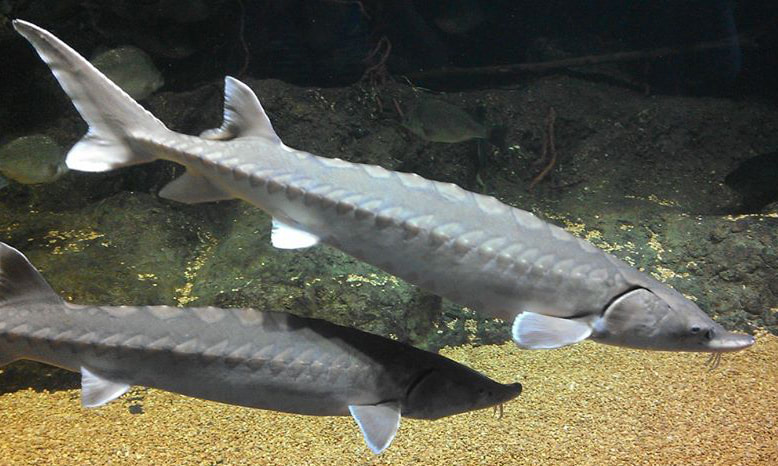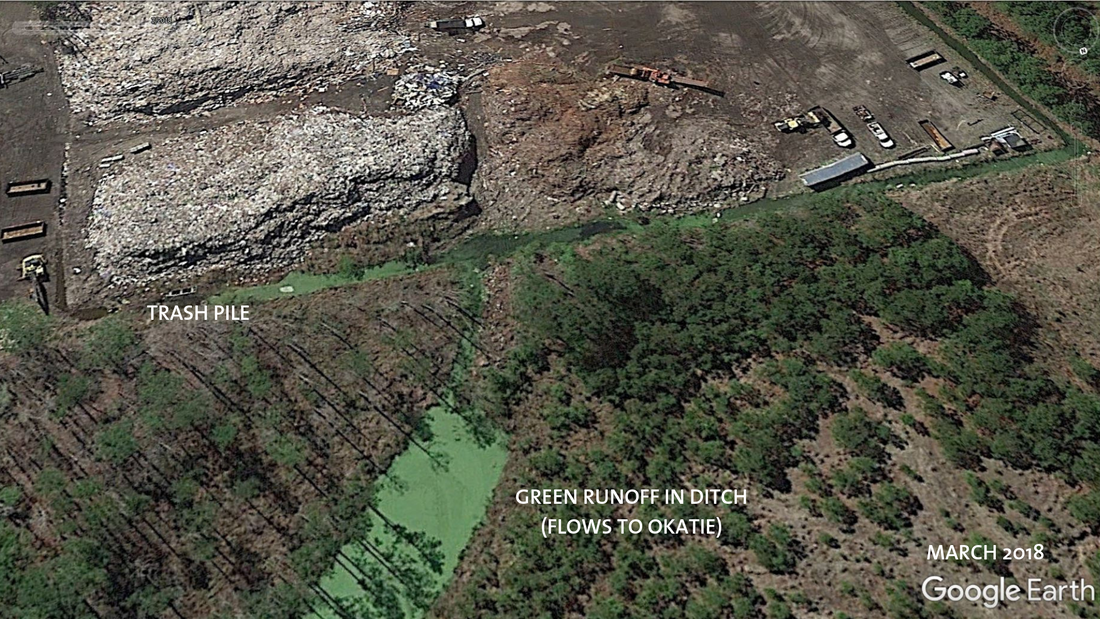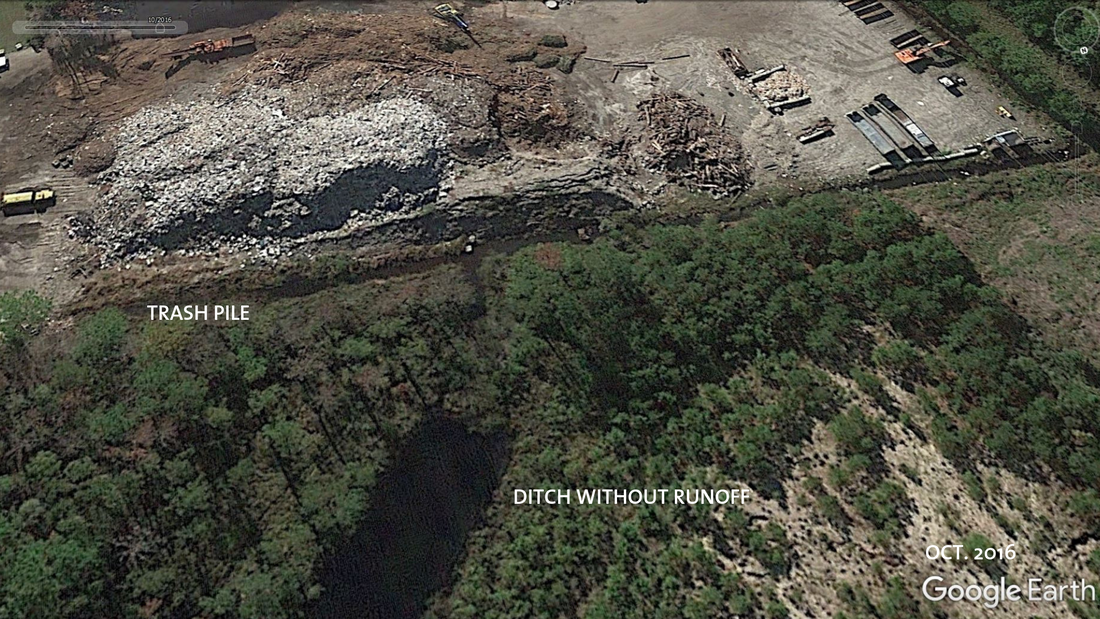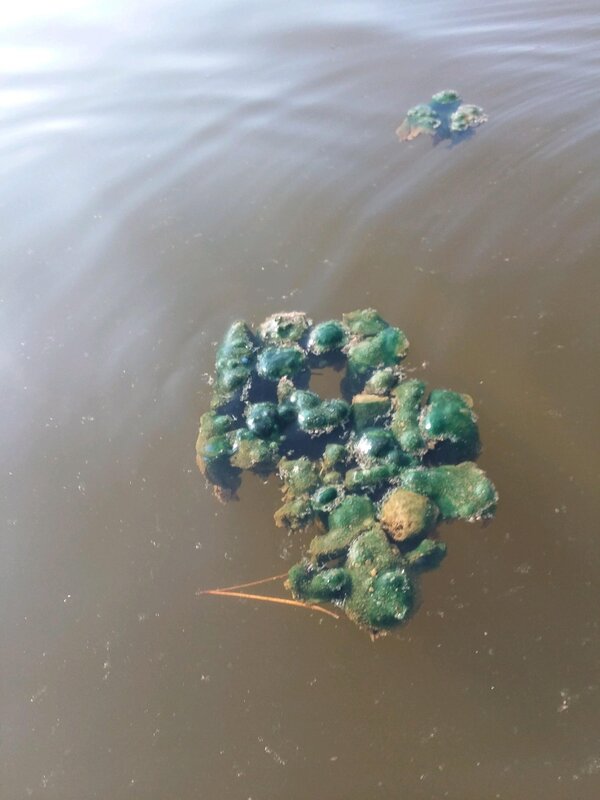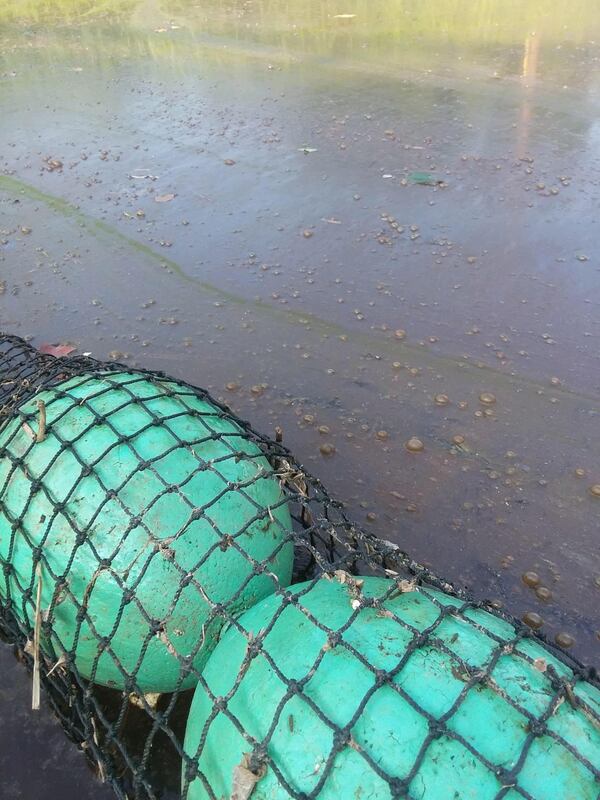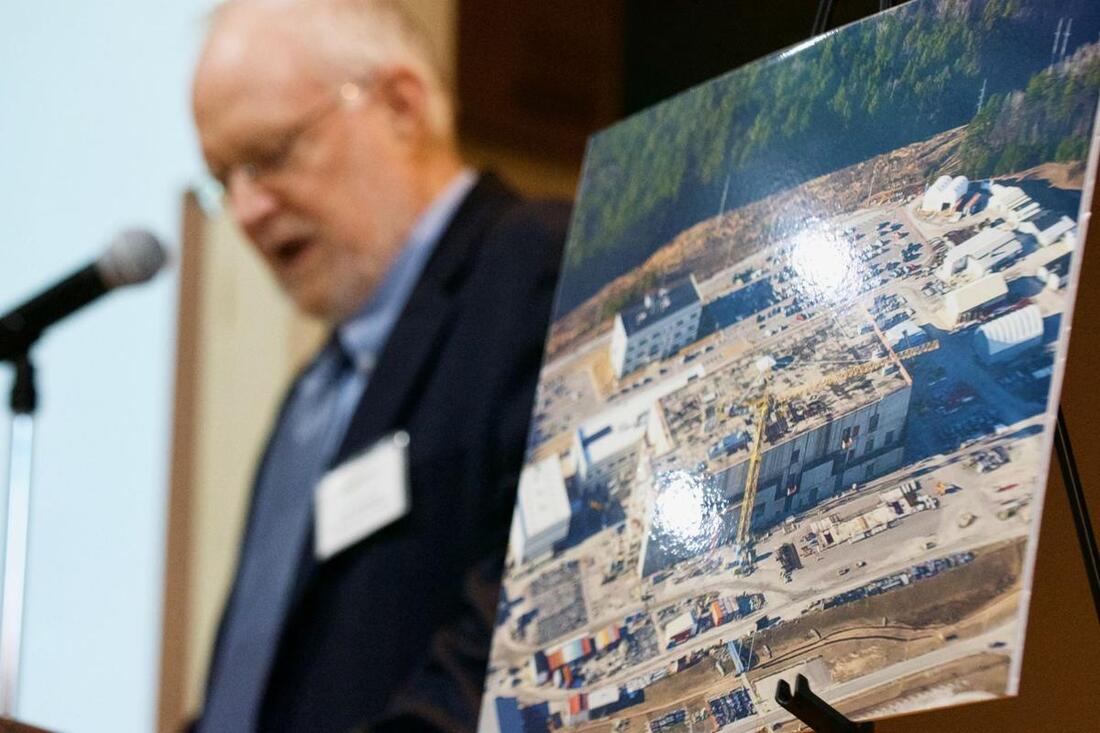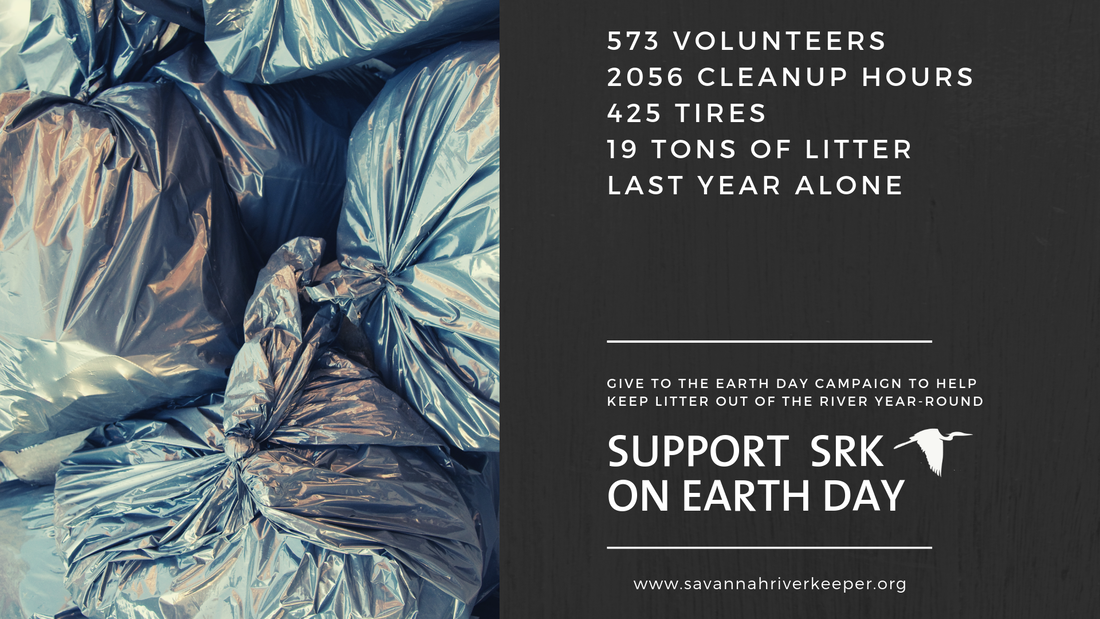|
The Corps has announced a decision on the New Savannah Bluff Lock & Dam, with Alternative 2-6d, a set of river-width weirs followed by the removal of the deteriorating lock and dam. Click the link below for the news release; the full report is being uploaded.
While the final report names this as the selected alternative, it also enables conditions necessary for modification to increase the weir height to allow for higher water, which can be introduced either now or in the future following completion of construction. Changing to a higher weir alternative before construction requires Georgia and South Carolina to work in concert with the project’s non-federal sponsor to form a locally preferred plan (LPP). The LPP must be requested by the non-federal sponsor. Changing to a higher weir alternative after construction would require an agreement between a non-federal entity, the non-federal sponsors, and the Corps to pursue the modification. We call for all sides to come to the table to discuss the future of this project and what compromise can be reached for the best outcome for the river and our communities. The entire final report, including all the public comments along with Corps responses, can be found online at https://go.usa.gov/xVWxq. A public meeting will be held on Wed. November 13 from 6 to 7:30 p.m., at the Boathouse Community Center, 101 Riverfront Drive, Augusta, Georgia, where the public can hear details about the decision. The fish passage project is an environmental mitigation feature of the Savannah Harbor Expansion Project, (SHEP) and is required mitigation in accordance with the Endangered Species Act and WRDA 2016. In accordance with the SHEP Biological Opinion, construction on the fish passage must begin before January 2021. For more on the fish passage and the New Savannah Bluff Lock and Dam, read the Corps’ past blog posts here. For a history of the Lock and Dam, visit the webpage here.
0 Comments
Savannah Riverkeeper strongly opposes initiating a day use fee at Lazaretto Creek. This has long been a crucial boat ramp for a diversity of community members for uses including fishing, shrimping, boating, kayaking, family outings, and more. Folks from all walks of life in Savannah rely on only a few access points to tidal creeks and wilderness. At $10/day or $50/year, an imposed fee will create a barrier for many. That is a huge concern. While we understand that the National Parks System is facing budget constraints, our public waterways should remain readily accessible and free of charge for all people. We encourage community members to attend the public meeting Tuesday 10/15, to learn more, and we urge the NPS to explore what alternatives may be available for funding maintenance of this important resource without placing the burden on individual users. From the National Park Service
Fort Pulaski National Monument » Proposed Day Use Fee at Lazaretto Creek Area The Lazaretto Creek area of the park is located along U.S. Highway 80 between the park entrance station and the Lazaretto Creek Bridge and features a boat ramp, fishing pier, and vehicle parking. The area is the gateway to a number of destinations favored by recreational boaters and fishermen as well as McQueen's Island and over 5,000 acres of pristine salt marsh and eligible Wilderness. Twenty year agreements to manage the area with Chatham County Parks and Recreation and Georgia Department of Natural Resources expired in 2015. After meeting with the County after Hurricanes Matthew and Irma, it was mutually decided that the National Park Service (NPS) would be in a better position to manage the site moving forward. In July 2019, the Fort Pulaski National Monument resumed active day to day management of the area. The Monument will continue to work with the Georgia Department of Natural Resources to look for partnership opportunities to maintain and make improvements to access resources under the State's jurisdiction. The Fort Pulaski management team recently completed a detailed economic analysis comparing the proposed fee in comparison to other local and NPS publicly accessible boat ramps. The proposed fees are $10 per vehicle, per day or $50 per vehicle, per year. These new fees are anticipated to go into effect on January 1, 2020. The additional revenue generated will be used to maintain existing facilities, monitor park resources, increase security, and develop the area for future public use. Fees allow the NPS to invest in the improvements necessary to provide the best possible park experience to our visitors. Ongoing projects at Fort Pulaski National Monument are funded under the authority of the Federal Lands Recreation Enhancement Act and address high priority park needs. A public open house will be held on Tuesday, October 15, 2019 from 5:30 p.m. to 7:30 p.m. at the Fort Pulaski Visitor Center. Management and staff will be available to answer questions and discuss the proposed fee in more detail, and provide an opportunity for the public to comment. Contact Information: Joel Cadoff, NPS, 912-786-8182 extension 1103. To view the proposal and to submit your public comment by the deadline October 26, click here. This week, the Georgia Water Coalition (GWC) released its Clean 13 report for 2019, an annual award highlighting individuals, businesses, industries, non-profit organizations and governmental agencies whose extraordinary efforts have led to cleaner rivers, stronger communities and a more sustainable future for Georgians.
Among the honorees is the director of Savannah Riverkeeper’s Veterans for Clean Water (VFCW) program, Truck Carlson. A 30-year Marine and Army veteran, Carlson is enlisting the area’s large veteran population in protecting and improving the Savannah River. From May-September, culminating with the upcoming Iron Man 70.3 competition, veteran volunteers conduct water quality monitoring at 18 sites throughout Augusta’s River Region. They communicate the results through a mobile app, text message system, and online at www.theswimguide.org. Their efforts ensure the bacterial status of the waterways is reported to the public, so they can use local swim and recreation spots safely. The veteran-led program is also protecting the Savannah River from plastic pollution. Carlson and his VFCW volunteers regularly clean litter traps on the city’s urban streams to remove plastics before they reach the main river. Nearly two years into the effort, Carlson is discovering that in saving the Savannah, many of the veterans are also saving themselves. “There is pride in selfless service. When their time in the military comes to an end, many veterans struggle with the loss of that,” said Carlson, “This program provides a way for veterans to continue serving the community they pledged to protect.” To view the entire report, click here. The GWC publishes this list not only to recognize these positive efforts on behalf of Georgia’s water but also as a call to action for our state’s leaders and citizens to review these success stories, borrow from them and emulate them. The entities recognized will be honored at the GWC’s Clean 13 Celebration set for March 12, 2020, at Mason Fine Art Center in Atlanta. Visit www.gawater.org for more information. The GWC is a consortium of more than 260 conservation and environmental organizations, hunting and fishing groups, businesses, and faith-based organizations that have been working to protect Georgia’s water since 2002. If you haven't heard what's going on at Okatie, read our recent blog here.
The Environmental Protection Agency (EPA) and South Carolina Department of Health and Environmental Control (DHEC) determined that the pile was an “imminent and substantial danger” to the people who live and work nearby. The agency monitored the air quality during the last week of July and found on four different days levels of “fine particulate matter” registered as high as 16 times the EPA safe standards. EPA and DHEC’s primary concerns are to fully extinguish the fire and move the trash/recycling to properly lined facilities. EPA, DHEC, SRK, Beaufort Co combined air and water quality sampling efforts reveal alarming levels of heavy metals, volatile or semi-volatile compounds (methylphenol, dimethylphenol), high levels of e. Coli and fecal coliform bacteria. DHEC has invited SRK to serve as stakeholders in on a rulemaking committee regarding solid waste regulations in South Carolina. Going forward we hope that permitting will be more stringent, funds will be allocated for emergencies such as these in the future, and the penalty greater for negligent or intentional operations that bring harm to communities, people, and waterways. Criminal lawsuits should and are being pursued against Able Contracting and its owners. We have reason to believe that this is not an isolated incident and that there may be other sites like this one across the state and the Southeast. Dump sites pose hazards to human heath and nearby waterways that cannot be taken lightly. SRK recommends the following mitigation actions:
Savannah Riverkeeper (SRK) is a non-governmental organization. We are dedicated to holding polluters accountable and acting as a liaison with state and federal agencies to ensure our waterways are protected. We have run independent water samples, visited the site numerous times to document, meet with regulators, and have freely shared all of our investigation files with authorities. The Okatie landfill fire has been an unexpected issue with emergency response required by SRK staff. The cost of processing water samples and responding to this issue mounts quickly and the fiscal year is nearly over. If you support our work, PLEASE make a donation to help with these expenses! As published in the Angler Magazine September 2019
Save the Sturgeon this September Savannah Riverkeeper says: September is Sturgeon Awareness Month! SRK is running an education campaign to teach people about the unique, endangered fish that is found—or supposed to be—right here in the Savannah River. Two species, the Atlantic and the Shortnose Sturgeon, are historically found in the area and are listed as federally endangered. Sturgeon travel from the ocean and coastal channels where they live out most of their days to the river shoals where they come to spawn each year. Long-threatened and depleted by habitat loss and overfishing, efforts are now bringing this prehistoric fish back to its natural home. Efforts in place to preserve and restore these fish, primarily through NOAA Fisheries (the National Oceanic and Atmospheric Administration) include designation, then protection, of critical habitat; take limits for permitted projects; and other regulation on fishing. Meanwhile, conservation groups advocate for local projects to restore water flows through dam removals, fish passages, and more. It’s hopeful that the species will rebound, but they are still very imperiled and face an “upstream” battle. Conservation groups and biologists agree, however, that efforts to save sturgeon will also have positive effects on other species that historically rely on a similar spawning path. Anadromous fish (which means they move from river to sea) like shad and striped bass or striper likewise benefit from efforts to conserve habitat and restore free-flowing waterways. “Our guiding goals as Waterkeeper organizations are to work for drinkable, swimmable, and fishable waters,” said Savannah Riverkeeper Tonya Bonitatibus. “We want people to understand that healthy fisheries are home to strong populations of species. When managed sustainably, they are capable of supporting communities and economy in a way that the whole system thrives.” Know the Law Before You Fish Both Atlantic and Shortnose Sturgeon are protected by the Endangered Species Act, which means it is illegal to fish for, catch, or keep sturgeon or their parts. If you happen to catch a specimen which is responsive and lively, remove the hook or cut the line and return the fish to the water immediately. If possible, try to keep it submerged and the belly supported. Did you know you can save a sturgeon’s life with just a water hose? If the fish is trapped in fishing line, net, or other impediment and looks lethargic or unresponsive, you should try to help it. Oftentimes, it is possible to resuscitate these fish by flushing water over the gills. Position a hose through the mouth and slightly to the side, not down the throat. Let the water run gently but steadily out and over the gills, as if the fish were swimming forward, until recovery is obvious. Report a Stranded, Injured, or Dead Sturgeon If you find a stranded, injured, or dead sturgeon, please report it to NOAA Fisheries at (978) 281-9328 or in the Southeast at (844) STURG-911 or (844) 788-7491, or send an email to NOAA.Sturg911@noaa.gov. Savannah Riverkeeper will be conducting educational outreach all month with participating partners. To request an educational presentation for your classroom or club, for curriculum you can use to teach students about sturgeon, reach out to elena@savannahriverkeeper.org. To support Savannah Riverkeeper’s outreach efforts, you can buy a Save the Sturgeon t-shirt! A collaboration with Blackmon Outfitters. Click here to shop! A 45-60 foot mountain of illegal trash and debris at “recovered material processing facility” Able Contracting in Jasper County, SC continues to smolder, sending noxious smoke into the air and toxic runoff into the waterways nearby.
From the Island Packet: The towering mound of miscellaneous debris [...] has been on fire since early June. For more than two months, the fire has released noxious fumes and an acrid odor. Since then, residents near the pile have fled their homes; businesses have been forced to close early or, in one instance, leave the area; and there are growing concerns about what this months-long fire means for the health of residents and the environment. Neighbors were forced to evacuate and schools took precautions like limiting outdoor recess for the children’s safety. At least 25 people have been displaced by the fire. Air quality monitors near the site are continually detecting levels to provide warnings if the pollution becomes unsafe. EPA said the smoke is a major health concern and has also identified at least one toxin, acrolein, at the site. The agency is on the scene until the fire is extinguished, at which time SC DHEC will take over. Federal Superfund money is being used to extinguish the fire, and DHEC has exhausted its emergency fund budget on this issue alone. Criminal charges and multiple lawsuits have been filed against the owner in this case of negligence and environmental malfeasance. DHEC has conducted multiple inspections and issued notices to the facility over the past two years including a cease and desist notice on July 3. The pile has been a fire hazard for years now; the suits allege that Chandler knowingly created a dangerous environment and caused damage and loss to businesses and individuals’ health, property, and operation. Savannah Riverkeeper has concerns about the regulations in place for disposal of this kind of waste. How will it be cleaned up? And how can we prevent it from happening again? We will keep our members and followers up to date as this issue develops. What does this mean for the waterways? When Savannah Riverkeeper investigated the dumpsite, dark-colored, foul-smelling water was seen flowing from the dumpsite into a ditch that leads to the Okatie River. The runoff contains high levels of arsenic, magnesium and semi-volatile organic compounds according to Beaufort County and the EPA. Savannah Riverkeeper conducted independent testing of water samples from the Okatie River downstream from the fire. Results are pending. For More Info To follow active updates from the agencies, including air monitoring results, visit the websites below: EPA Superfund Site Info EPA Storymap on the Incident DHEC Able Contracting Fire Updates Recent media reports have shone a light on the danger of Blue-Green Algae blooms, especially for people and animals who come in contact with it. Over the last few weeks, several dogs in the Southern U.S. have died from exposure to Cyanobacteria, a known species of “Blue-Green Algae.” Cyanobacteria are not a true algae, but microscopic bacteria whose colonies grow so large they are visible to the eye. Often found in slow or non-moving lakes, ponds, streams and various bodies of water, Blue-Green Algae blooms give the water a murky, blue-green appearance. However, the blooms can also be present in water that appears perfectly clear.
Types of algae bloom can range from a nuisance to highly toxic. Effects that can occur from exposure or ingestion of Blue-Green algae vary. In severe cases, symptoms include rapid liver failure, seizure, vomiting, diarrhea, or even death. The algae can also cause skin irritation and trouble breathing. If you see individuals, pets, or yourself exhibiting these symptoms, call 911 or see a doctor immediately. Locally after Savannah Riverkeeper submitted samples from Lake Olmstead for testing, Augusta University determined that four different species of Blue-Green Algae are present in the lake which could be hazardous to people and animals. The bloom, which is when a colony of algae grows at a rapid pace, is in its beginning stages but is expected to spread quickly. Blue-Green Algae forms in the heat of late summer and early fall. The heat, combined with non-natural bacteria in the water, creates a food source for algae. This “food source” can come from fecal matter, plant fertilizers, and other runoff being washed into drainage systems which then flow into local water bodies like Lake Olmstead. Stopping the source of the nutrients, as well as temperatures lowering as the season changes, is likely enough to alleviate the problem. Until further notice, all people and animals should avoid contact with Lake Olmstead and other semi-stagnant bodies of water. In general, do not swim in or allow pets to bathe or drink from water sources with visible algae or sludge. Clear, swift-moving water is best for recreation in the hottest parts of summer. While we only test algae on a special case-basis, our Veterans for Clean Water volunteers test local recreation sites weekly for dangerous bacteria like e.coli. You can download and check the Swim Guide app for updates on whether your favorite spot is safe for swimming. Education is key when dealing with potentially hazardous issues like Blue-Green Algae. Learn about easy and no cost ways you can use to test for it in your area clicking here. On the July 25 deadline, Savannah Riverkeeper submitted scoping comments to NEPA on the National Nuclear Security Administration’s (NNSA’s) draft Environmental Impact Statement for plutonium “pit” production for unjustified nuclear weapons at the proposed Plutonium Bomb Plant at the Savannah River Site. You can read our submission letter on the document below. Follow us for relevant updates on this issue and more by subscribing to our e-newsletter.
Guest Blogger SRK Outreach Coordinator Dave Mewborn I am excited to announce that Port Wentworth was the latest municipality to pass a resolution opposing offshore drilling and seismic testing off of Georgia’s coast in July! They join the rest of Chatham County, dozens of other municipalities in Georgia, and more than 140 along the East Coast, in saying we want to protect our beautiful and unique coastline from offshore drilling and seismic testing. These practices could negatively impact pristine portions of our hundred-mile coastline and disrupt the ecosystem from the smallest phytoplankton to the largest of marine mammals. In addition, oil spills and fish kills are just a few of the risks that could jeopardize our state’s billion-dollar industries of tourism, recreation, and fishing. Now, we have the entire Savannah area united against this harmful extension of fossil fuel dependence. Congrats and job well done to Paulita Bennett-Martin, who has worked tirelessly in towns along the Georgia and Atlantic Coast to pass like resolutions; OCEANA; my predecessor Jacob and the rest of the Savannah Riverkeeper team; the many other stakeholders, interest groups, and people like YOU who spread the word to help protect the awesome Georgia coast we all love. This is not the end, however, of the fight in Chatham County, along the Georgia coast, or nationally for the rest of the Atlantic seaboard. We as citizens of Chatham County, as Georgians, and as Americans have an obligation to continue to check our local officials, our state officials, and our officials representing us on a national level, and keep them honest! Resolutions like these are not law. They only serve as a unified voice to our elected officials saying, “This is what we want to protect and we demand our wishes as a community be respected,” and those leaders should follow suit in representing their constituents’ values. Resolutions like these are ways for us to start small in our aims and work our way to the top of the power chain. Please continue to follow this action because powerful interests in oil drilling and seismic testing off our coast will bide their time and continue to fight hard against the wishes of the majority of our coastal communities. Check out SELC's resources on how to #ProtectOurCoast and sign the petition. Let’s keep the great state of Georgia’s waterways, beaches, and ocean healthy and beautiful!
This Earth Day through the end of the month, join the effort to keep the Savannah River clean and protected year-round. With great friends of the river like you, we're dedicated every day to reducing the litter in our communities and our waterways, and contributing to policy decisions that will keep us cleaner, longer. We need people who can join us on the front lines to make a difference. Because Earth Day is every day!
By donating to the campaign you're supporting Savannah Riverkeeper's active cleanup program, Watergoat trash traps, tire pickup and recycling, and more. $25 or more is a great start! Give today and tell your friends and family.
FUNDRAISE FOR THE CAMPAIGN
We want you to spread the word for our Earth Day campaign by starting your own Facebook Fundraiser! Get your friends involved and GET A SAVANNAH RIVERKEEPER T-SHIRT When You Raise $100. It's easy, here's how: 1. Go to www.facebook.com/fundraisers. 2. Scroll to the bottom under "Get Started with Facebook Fundraisers" and click "Raise money for a nonprofit organization." 3. Select Savannah Riverkeeper. 4. Customize it how you like - tell people why you stand with SRK, add a photo, and set your own goal. That's it!
SRK AT COMMUNITY EARTH DAY EVENTS
It's a busy time of year for us and we're all hands on deck! Come see Savannah Riverkeeper at any of these community Earth Day events or pitch in with us at a cleanup. Click the events for more info. April 20 - Savannah Earth Day Festival April 20 - Aiken Earth Day Festival April 22 - Earth Day Waterway Cleanup in Augusta April 22 - Earth Day Springfield Canal Cleanup in Savannah April 27 - Earth Day Augusta at Phinizy Swamp Nature Park April 27 - North Augusta Kids Earth Day at Brick Pond Park April 27 - CityServe Cleanups across Augusta Every Friday Year-Round - Watergoat Trash Trap Cleanup You can also sign up to volunteer for any upcoming SRK event of your choice at www.savannahriverkeeper.org/volunteer-opportunities. |
|||||||
